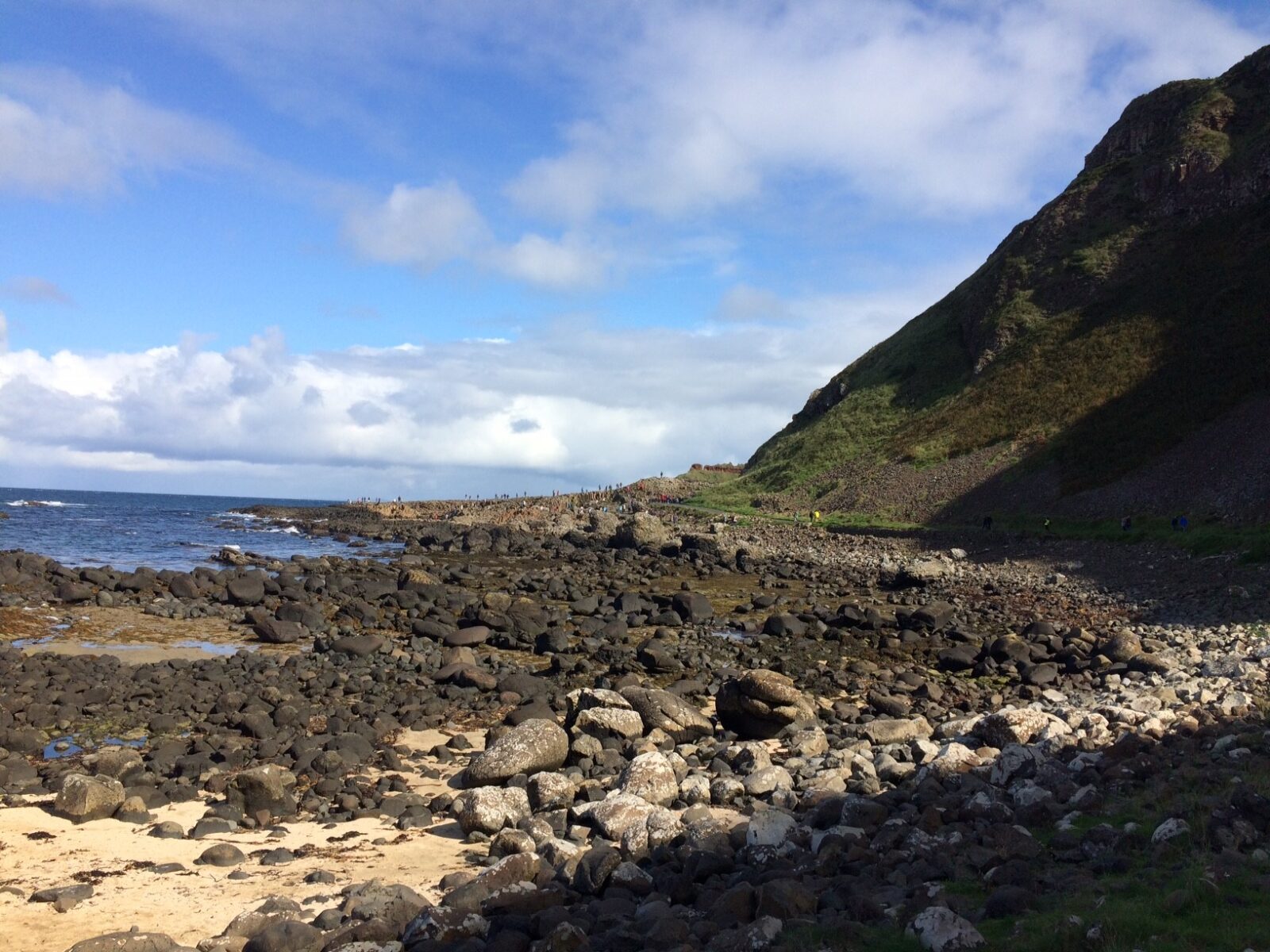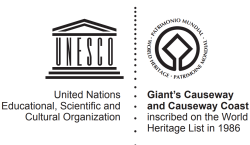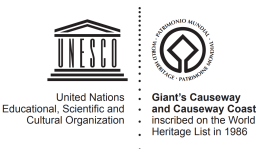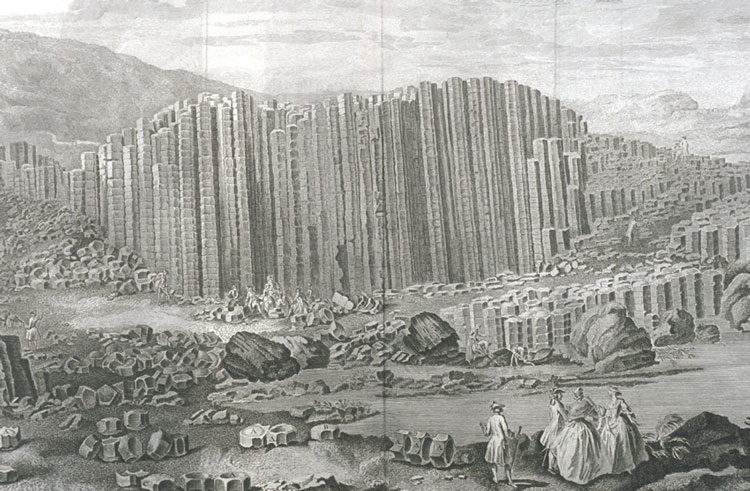
The Giant’s Causeway WHS boasts an outstanding natural heritage. This includes the geodiversity which forms the basis for the site’s Outstanding Universal Value and World Heritage Site status, and also the area’s rich biodiversity and ecological landscape.
For more information on the site’s geology please see the British Geological Survey website linked.
Causeway Coast and Glens Heritage Trust work in partnership with organisations including Geological Survey Northern Ireland to deliver geodiversity and geology events at the World Heritage Site and along the Causeway Coast – see EVENTS.
You can also download the new Geodiversity Charter for Northern Ireland 2021-2024 by clicking HERE.
Understanding Earth's History
The study of the Giant’s Causeway’s exceptional geology over time has helped to shape our understanding of Earth’s history. The Giant’s Causeway was a key case study in 18th and 19th century international academic debates. These debates would help to determine our current understanding of earth’s geological past and, thus, the Giant’s Causeway has been described as one of the most culturally important sites in international geology.
The Rev. Dr Hamilton was the first to accurately interpret the Causeway’s origins as being the result of a sequence of volcanic lava flows, in a series of letters from 1786. Today the Causeway remains a key locality for the study of basaltic volcanism.
A View of the Giant’s Causeway: East Prospect. Engraving (1768) by Susanna Drury.
The female Irish painter Susanna Drury created the first realistic illustrations of the Giant’s Causeway, receiving a premium of £25 from the Dublin Society for her work in 1740. Her illustrations were later engraved and found their way across Europe, where they were used by the natural scientists seeking to unlock the secrets of the Causeway and Earth’s origins.
The Rev. Dr Hamilton was the first to accurately interpret the Causeway’s origins as being the result of a sequence of volcanic lava flows, in a series of letters from 1786. Today the Causeway remains a key locality for the study of basaltic volcanism.


